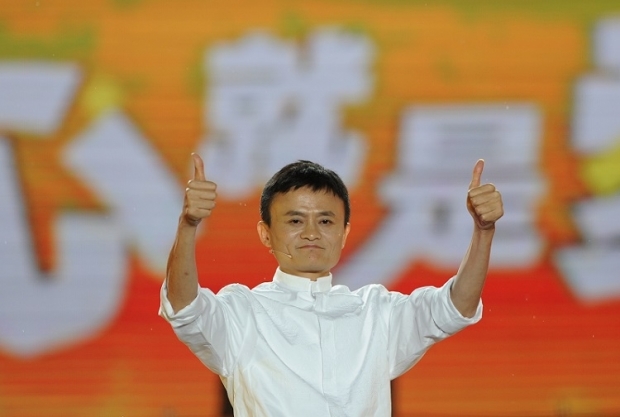Class is a sensitive word in China. Marxist-Leninist rhetoric like “class enemies,” “class conflict,” and “class struggle” are rarely seen in the country’s media these days, but since China began its market reforms in 1979, stratification has emerged in a society that had hitherto tried to eradicate the very concept. After thirty-five years of breakneck-speed development, social class has become increasingly entrenched, opportunities for upward mobility increasingly limited.
But don’t take our word for it. On the Chinese web, a popular (anonymous) post currently making the rounds offers a revealing dissection of China’s current class structure, dividing society into nine tiers, describing the first three tiers as the “ruling class” and the bottom three as the “underclass.” The division is based on political power and connection as much as wealth and prestige, reflecting the fact that the ruling Communist Party plays an extraordinarily large role in the distribution of social goods in China.
Chinese authorities might blanch at the revival of words like “ruling class,” but numbers back it up. In a 2013 report, the consulting firm McKinsey categorized three percent of the total 256 million urban Chinese households as affluent with an annual disposable income of more than $34,000, fourteen percent as upper middle class with an annual disposable income between $16,000 and $34,000, and fifty-four percent as mass middle class with an annual disposable income between $9,000 and $16,000. The rest were defined as poor. Foreign Policy translates the post, in part:
Tier 1: The Head Honchos
Who they are: Current members of the Communist Party Politburo, which oversees the ruling party; certain retired members of the Standing Committee, the highly selective sub-committee of the Politburo that essentially runs China.
Tier 1 has the power to set agenda and make decisions regarding national and international policy. The Politburo has twenty-five members, including seven standing committee members. A handful of retired standing committee members are also usually assumed to wield power from behind the scenes. There are probably about thirty people in China who can be considered a member of this elusive class.
Tier 2: The Bigwigs
Who they are: Ministers and provincial-level heads with substantive power; retired Politburo members; certain politically-connected business magnates, tycoons, and bankers (property magnate Li Ka-shing is pictured above). There are probably about 200 people in China who can be considered Tier 2. Members of Tier 2 have direct influence on national policymaking.
Tier 3: The Powerbrokers
Who they are: Ministers and provincial-level heads with less power; owners of top companies like Tencent or Alibaba; regional magnates and very wealthy businesspeople; chancellors of elite universities. There are probably about 4,000 to 5,000 people who can be considered Tier 3. Members of Tier 3 exert some influence over the development of certain regions or industries.
Tier 4: The Privileged
Who they are: Municipal or county-level party heads; prominent university professors; owners of medium- to large-sized companies; top managers at large corporations; well-known doctors and lawyers; famous writers and celebrities. There are probably 5 million to 10 million people who can be considered Tier 4. Those in Tier 4 have ties to the ruling class (as do those further up the chain).
Tier 5: The Very Comfortable
Who they are: Mid-level party cadres with power over certain pockets of local policy; successful small- to medium-sized business owners; university professors; mid-managers of large corporations; owners of multiple real property in large cities; reputable doctors, lawyers, and engineers. There are probably 100 million people who can be considered Tier 5. Members of Tier 5 have control over their careers.
Tier 6: The Squeezed
Who they are: Ordinary civil servants; white-collar workers; ordinary doctors, lawyers, and engineers; modestly successful small business owners. There are probably 200 million to 300 million people who can be consider Tier 6. Those in Tier 6 have social mobility to ascend to Tier 5 or even to Tier 4.
Tier 7: The Marginalized
Who they are: Ordinary factory workers; owners of mom and pop shops; urban residents with odd jobs; wealthy peasants. There are probably 500 million people who can be considered Tier 7. Those in Tier 7 have the means to subsist in medium to large Chinese cities.
Tier 8: The Underclass
Who they are: Migrant workers in sweatshops; ordinary peasants. There are probably 400 million who can be considered Tier 8. Those in Tier 8 can eke out a living on their own.
Tier 9: The Destitute
Who they are: Long-term unemployed urban residents; impoverished peasants in far-flung rural areas. There are probably 100 million people who can be considered members of Tier 9.




